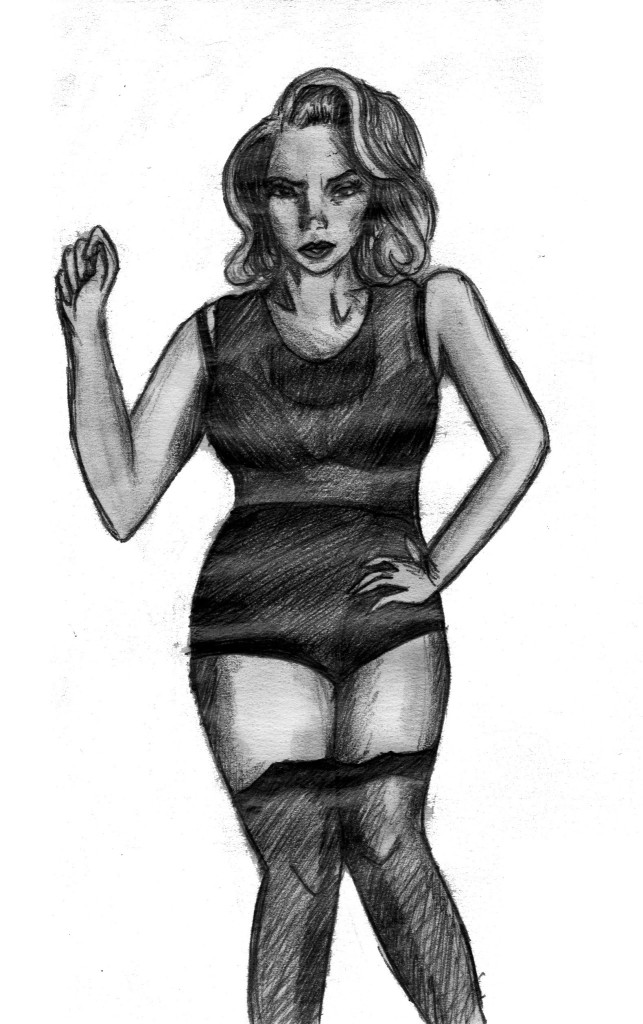
Models are notorious for being much thinner than the average person, but even plus-size models are not representative of their intended consumers. Although businesses such as Lane Bryant have been taking steps to include more body types, there’s still a long way to go.
Lane Bryant, a plus-size clothing line, started a campaign with the hashtag #I’mNoAngel in the spring of this year, referring to the Victoria’s Secret Angels. The campaign featured plus-size models, and it aimed to inspire women who don’t fit the ideal image of beauty.
Some people may think that the Lane Bryant campaign is doing enough by at least getting more diverse body types into the media. However, while what they’re doing is a step in the right direction, the problem is that this campaign featured women who were on the smaller side of the plus-size spectrum, and who had socially ideal proportions.
One woman, Amanda Richards, pushed back against the idea that all plus-size models should be women with small stomachs and large breasts. She started the hashtag #ImNoModelEither to combat Lane Bryant’s campaign.
“I’m just ready for body positivity to push its own boundaries and become more diverse. That means women of color, older women, trans folks, disabled, fat women with less-represented body types, etc.” Richards said.
Aside from different body types, trans women and women with disabilities are greatly underrepresented in fashion. These are women who are oppressed because of their bodies, and this lack of representation in media is incredibly harmful. When people can’t see themselves in fashion or other media, it sends a message that their bodies are inherently wrong or bad.
Richards is right. As a person who never sees their body type represented in media, it would be refreshing to see someone who looks like me in a magazine or on a billboard. It would help boost people’s self esteem by showing them that they’re not alone, and show them that their bodies are not wrong or ugly.

